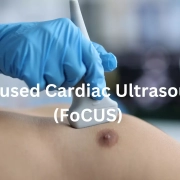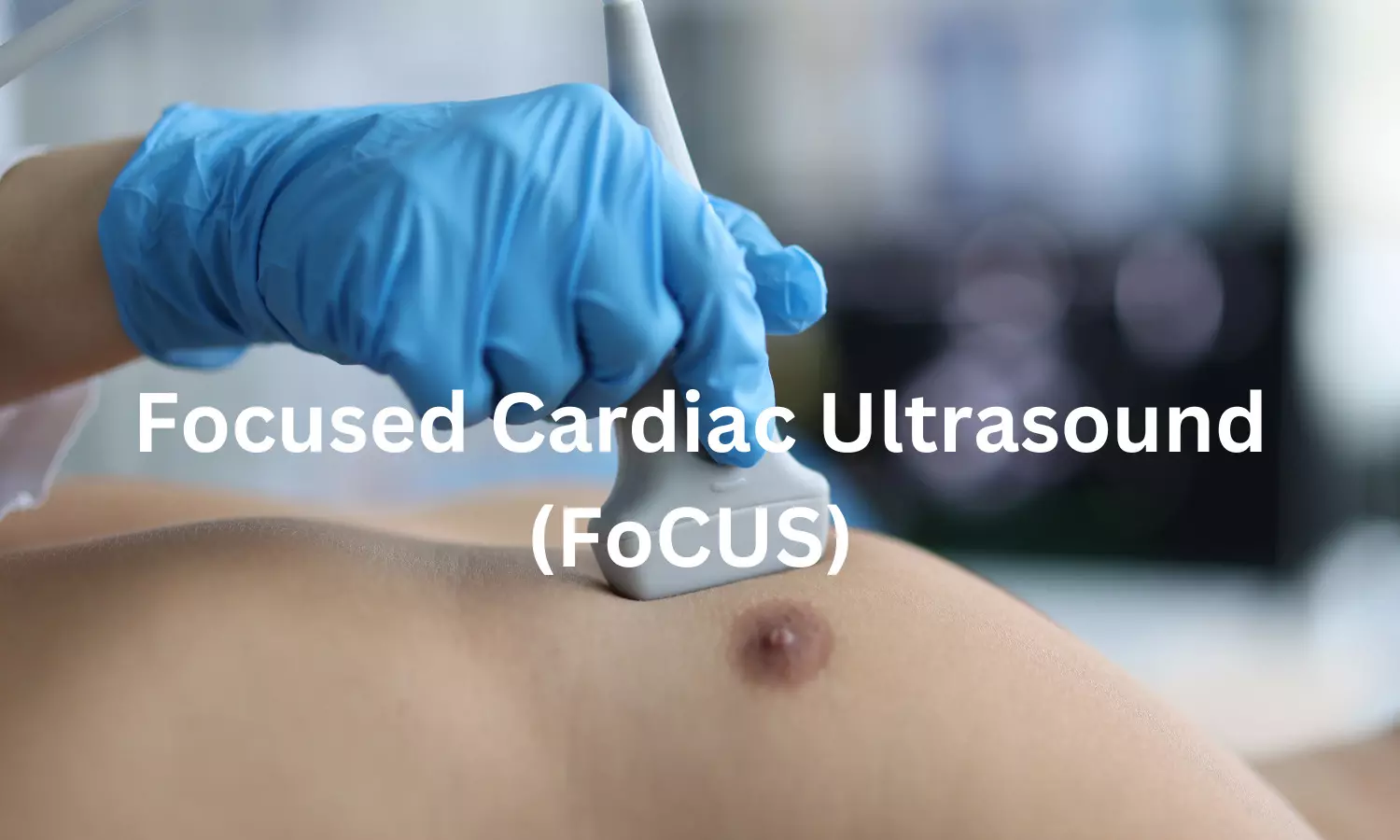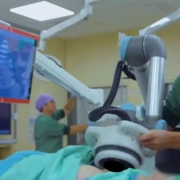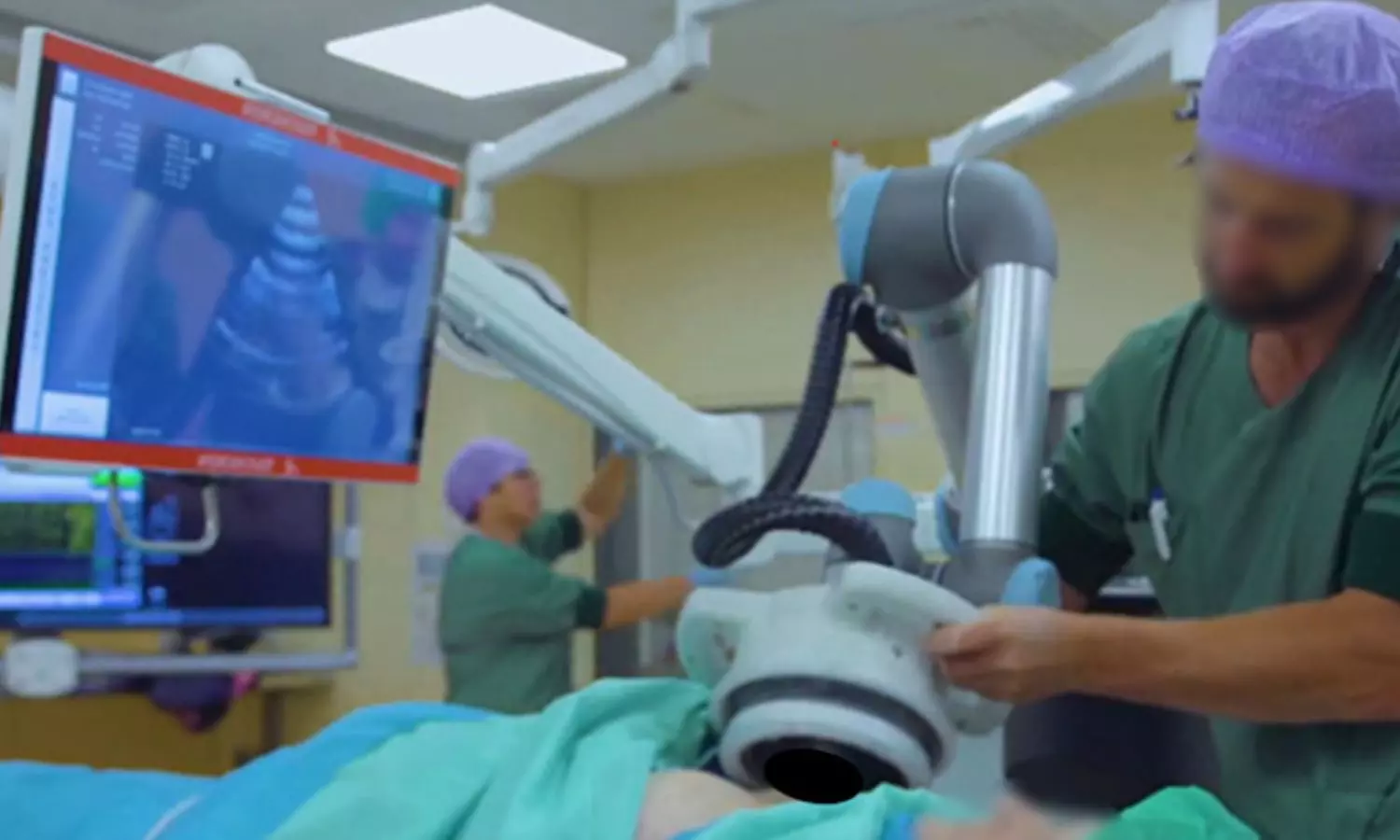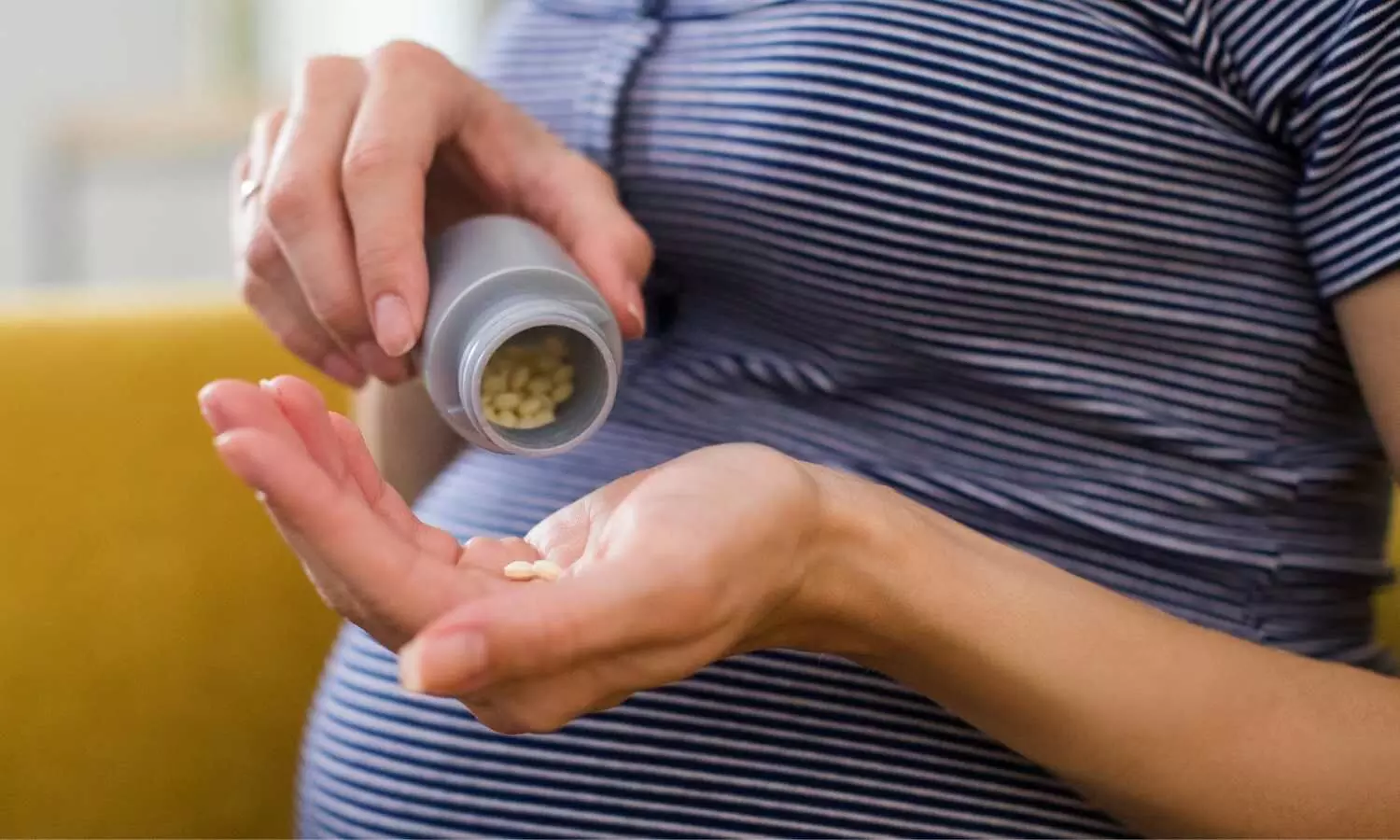Maternal grief in the third trimester tied to increased risk of ischemic heart disease in offspring: JAMA

Sweden: A recent study published in JAMA Network Open suggests no association between maternal stress during pregnancy and risk of ischemic heart disease (IHD) and stroke up to middle age in the offspring.
The cohort study involving 6.8 million participants from Sweden and Denmark revealed no association between maternal stress during pregnancy, defined as the loss of a close relative, and the risk of stroke and IHD up to middle age in the offspring. However, maternal grief in the third trimester was associated with an increased IHD risk.
Stroke and ischemic heart disease are two major types of cardiovascular diseases (CVDs) that are the leading causes of mortality and morbidity worldwide. The incidence rates of these two diseases have generally remained stable or even increased slightly in younger individuals despite the substantial decrease in age-adjusted mortality due to stroke and IHD in the Western world. The aetiology of stroke and IHD in younger people is considered to be different from older people, and traditional cardiovascular (CV) risk factors such as hypertension, dyslipidemia, obesity, and smoking do not fully account for stroke and IHD in the younger population.
Considering the important societal and personal socioeconomic impact of a stroke or IHD diagnosis in younger people, including costs related to long-term health care and productivity loss, there is a need for a better understanding of their aetiology. Therefore, Fen Yang, Department of Global Public Health, Karolinska Institutet, Stockholm, Sweden, and colleagues aimed to examine prenatal stress, defined as maternal bereavement, and risks of IHD and stroke in the offspring.
For this purpose, the researchers conducted a cohort study using data from Swedish and Danish registries. The final analysis included live singleton births in calendar years 1973-2016 in Denmark (followed up until December 31, 2016) and during calendar years 1973-2014 in Sweden (followed up until December 31, 2021).
Prenatal stress was defined as the maternal loss of a close family member (partner, older children, parents, or siblings) the year before or during the pregnancy.
The study led to the following findings:
- The study included 6 758 560 births (39.4% from Denmark; 51.4% boys). During the median follow-up of 24.6 years, 0.1% of offspring were diagnosed with IHD and 0.2% with stroke.
- Maternal bereavement the year before or during pregnancy was not associated with IHD (adjusted HR [AHR], 0.98) or stroke (AHR, 1.04) in offspring.
- No associations were observed when exposure was classified by the mother’s relationship to the deceased individual, ie, loss of older child or partner (HR, 0.85 for IHD and 0.98 for stroke) or loss of parent or sibling (HR, 1.03 for IHD and 1.06 for stroke).
- Associations between loss in the third trimester and IHD (AHR, 1.50), and loss due to cardiovascular disease and stroke (AHR, 1.22) were identified when exposure was classified by the time of loss or the relative’s cause of death.
“The study findings provide little support for the hypothesis that prenatal stress is associated with risks of stroke and IHD in the first 5 decades of life,” the researchers wrote.
“However, further investigation is warranted for the association observed between stress in the third trimester and IHD,” they concluded.
Reference:
Yang F, Janszky I, Roos N, Li J, László KD. Prenatal Exposure to Severe Stress and Risks of Ischemic Heart Disease and Stroke in Offspring. JAMA Netw Open. 2023;6(12):e2349463. doi:10.1001/jamanetworkopen.2023.49463
Powered by WPeMatico






